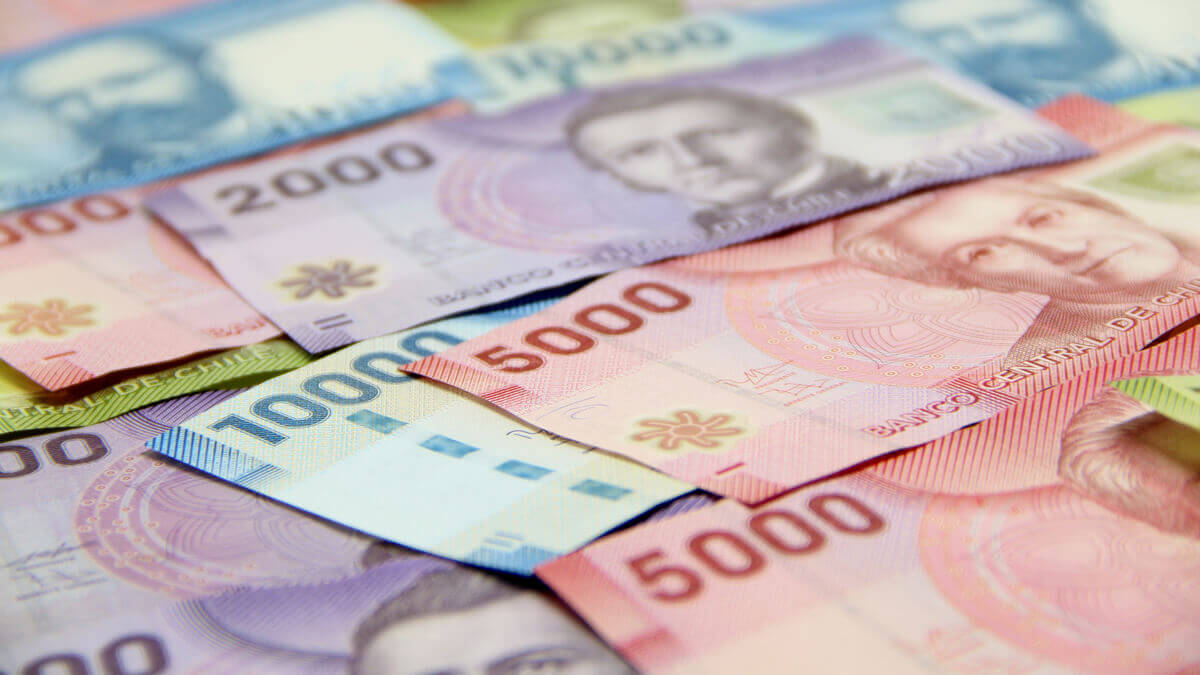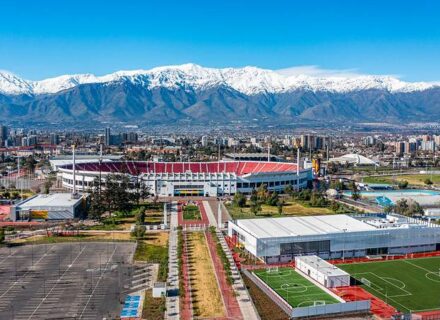When planning an international trip, one of the first considerations is figuring out what currency to bring and how to exchange it efficiently. For Brazilians heading to Chile, the same question arises: where should you exchange your money, and what’s the best way to do it?
In Chile, the national currency is the Chilean Peso (CLP). The currency denominations include both coins and bills, with coins of 1, 5, 10, 50, 100, and 500 pesos, and bills of 1,000, 2,000, 5,000, 10,000, and 20,000 pesos. At first glance, these denominations can be confusing, particularly when converting from Brazilian reais (BRL) to Chilean pesos.
On December 19, 2017, for example, 1 Brazilian real was equivalent to approximately 185.75 Chilean pesos. While this exchange rate will vary day by day, this example shows the kind of difference you can expect when exchanging your currency. Knowing where to exchange your money in Santiago is crucial for getting the best rates and avoiding unnecessary losses.
Currency Exchange in Santiago: Key Tips for Brazilian Tourists
The ease or difficulty of managing your finances in Chile will largely depend on your travel plans. There are two primary scenarios to consider:
- Pre-booked Tours and Activities: If you have already booked and paid for most of your tours and activities before your trip, you’ll need less local currency. This approach minimizes the amount of cash you need to carry and exchange, making your experience more straightforward and secure.
- Booking Tours After Arrival: If you prefer to book tours and activities after arriving in Chile, you will need significantly more money on hand, which means you’ll have to visit currency exchange offices more frequently during your stay.
In both cases, it’s highly recommended to carry a mix of cash and a credit card. Having an international credit card provides a safety net for emergencies, though it’s worth noting that international transactions come with fees, such as the IOF (a tax on foreign exchange) and possible fluctuations in the exchange rate between the time of purchase and the time the bill is paid. To avoid excessive fees, use your credit card sparingly and primarily for larger purchases or emergencies.
As for whether to bring Brazilian reais or U.S. dollars, it’s generally wise to carry a bit of both. While some businesses may accept dollars, the vast majority of your transactions will require Chilean pesos, and having a balance of different currencies can help you avoid unfavorable exchange rates at certain points in your trip.
Best Currency Exchange Offices in Santiago
While there are many currency exchange offices, or “casas de cambio,” scattered throughout Santiago, not all of them are ideal for tourists. In fact, some should be avoided due to unfavorable exchange rates, particularly those located in high-traffic areas like the airport or bus terminals.
If you’re staying in Santiago, it’s best to look for exchange offices in the city center, where you’ll generally find better rates. One popular location is Rua Agustinas, a street in the heart of Santiago near the Palacio de La Moneda (the Presidential Palace). Here are five recommended exchange offices to consider:
- Afex: Afex is a reputable and long-established currency exchange office, known for its favorable rates and reliability. You can find it at Moneda 1160, on the 8th and 9th floors.
- JCM Câmbios: This office offers competitive exchange rates for Brazilian reais, making it a top choice for Brazilian tourists looking to get the most out of their currency exchange.
- Brollano: Established in 1999, Brollano has a solid reputation in the currency exchange market. It’s located at Agustinas 1160.
- E-Change Agustinas: This exchange office is part of a larger chain, with its main office located at Rua Agustinas 1111. It’s well-known for its wide availability and accessibility.
- Câmbio Santiago: Although a bit further from the other exchange offices, Câmbio Santiago is worth considering for its consistent and reliable exchange rates. It’s located at Av. Pedro Valdivia 29 in the Providencia neighborhood.
Currency Exchange Houses
| Name | Address | Phone | Opening Hours |
|---|
Important Considerations When Exchanging Money
Even within the same area, there can be significant variations in exchange rates between different currency exchange offices. Therefore, it’s crucial to shop around and compare rates before committing to a transaction. Additionally, remember that exchange offices typically charge a fee for the service, so make sure to factor this into your calculations.
The currency exchange offices on Rua Agustinas do not operate on Sundays. Their hours are generally from 9 AM to 6 PM during the week, and they open at 10 AM and close at 2 PM on Saturdays. Therefore, it’s important to plan your currency exchange activities accordingly.
Should You Exchange Money at the Airport?
While it might be tempting to exchange your money as soon as you land at Santiago’s airport, this is generally not recommended. Exchange rates at airports are notoriously bad, and you’ll likely end up losing a significant amount of money compared to what you’d get at an exchange office in the city center. If you absolutely need some local currency upon arrival, exchange only a small amount to cover immediate expenses like transportation to your hotel. Once you’re settled in the city, you can find a better rate at one of the recommended exchange offices.
Using Credit Cards in Chile
Credit cards are widely accepted in Santiago, especially in tourist areas, restaurants, and shops. However, be mindful of the fees that come with using a credit card abroad. As mentioned earlier, the IOF tax (Imposto sobre Operações Financeiras) applies to all international transactions, which can add a significant cost to your purchases. Additionally, currency conversion rates can fluctuate between the time of purchase and the time your credit card bill is due, which means you could end up paying more than expected.
If you do plan to use your credit card frequently, consider applying for a card that offers favorable terms for international transactions, such as lower foreign transaction fees or a rewards program that includes travel perks.
Final Thoughts: The Smart Way to Manage Your Finances in Chile
For Brazilian tourists, visiting Chile can be an exciting and memorable experience. To make the most of your trip, it’s essential to plan ahead when it comes to currency exchange and managing your finances. Here are some key takeaways to ensure a smooth experience:
- Plan ahead: If possible, book your tours and activities in advance to reduce the amount of cash you’ll need to carry. This will make your experience more convenient and secure.
- Compare rates: Don’t settle for the first exchange office you find. Take the time to compare rates and fees at different locations to ensure you’re getting the best deal.
- Avoid airports: Steer clear of exchanging money at the airport, where the rates are typically much worse than those in the city center.
- Use credit cards wisely: Carry an international credit card for emergencies, but be mindful of the fees and exchange rates associated with its use.
- Carry a mix of currencies: Bringing a combination of Brazilian reais and U.S. dollars can help you avoid getting stuck with unfavorable exchange rates.
By following these tips, you’ll be well-prepared to manage your finances efficiently while enjoying everything Chile has to offer. Whether you’re exploring the vibrant city of Santiago or embarking on an adventure through the country’s stunning landscapes, managing your currency exchange wisely will help ensure a smooth and enjoyable trip.



